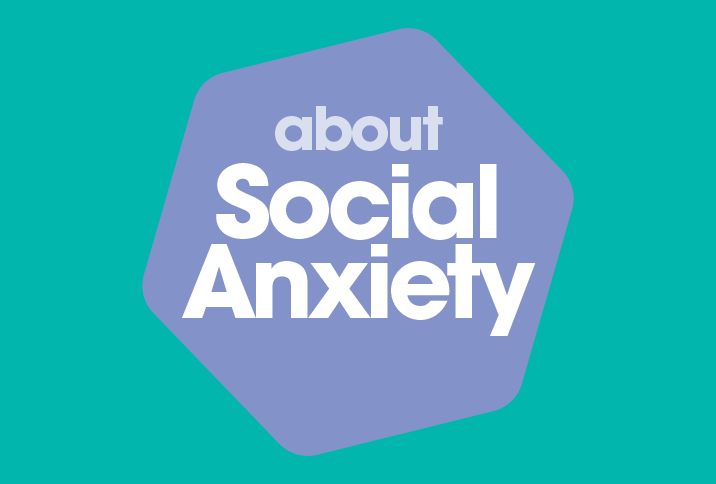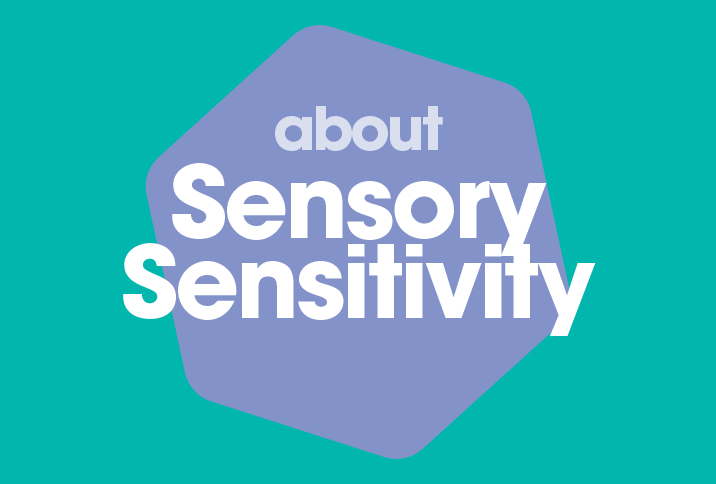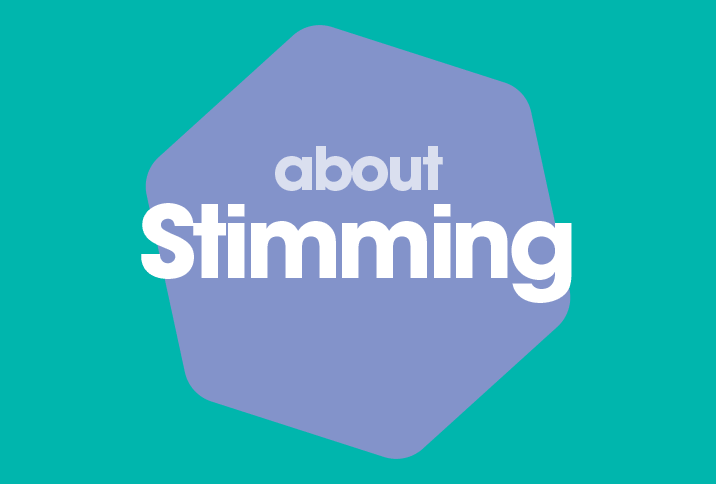1: Difficulties in social situations
Autistic people often find it challenging to understand what is being said or done as they will often take words and statements literally.Discover simple things you can you can do to help.
98% of Australians have heard of autism, but only 15% of autistic people believe the public know how autism effects them.
Autistic people want the community to understand 6 ways autism affects people and simple ways you can support them and help create an autism friendly world.
Autism presents differently in every person. No two autistic people experience autism in the same way. But common to all autistic people will be challenges in social communication and interaction and adjusting to their physical environment.
Life will be better for autistic people if more people in the community understand how autism affects people.
Autistic people and their families have said the main ways autism impacts people that they want other people to be aware of are as follows:

Autistic people often find it challenging to understand what is being said or done as they will often take words and statements literally.Discover simple things you can you can do to help.

Autistic people thrive on certainty and sticking to routines is helpful. Sudden change of plans can be distressing and cause autistic people to become anxious. Discover simple things you can you can do around managing schedules and changes.

Autistic people are aware of many more things happening around them, which means they will often need extra time to process information amidst all the other information they are absorbing. Discover simple things you can do to provide more time.

Autistic people can be acutely sensitive and aware of light, sound, odours, tastes, touch and textures. Discover simple things you can do to create a supportive environment.

“Stimming” is short for self-stimulatory behaviour that many autistic people engage in to calm, comfort, soothe and regulate themselves when they are becoming overwhelmed or anxious.Discover simple ways you can support someone’s need to stim.
Discover simple ways you can support someone’s need to stim.

An autistic person will experience a meltdown when he or she becomes overwhelmed by too much sensory stimuli, too many ideas or images or has difficulty understanding what is required of them or that they need more time. Discover ways to support n autistic person experiencing meltdown.
Autistic people often find it challenging to understand what is being said or done as they will often take words and statements literally – sarcasm and using expressions like “its raining cats and dogs” often causes confusion. It’s important to give clear and specific instructions instead of “give me a hand” or “be good”. Trying to understand what is really being said can be exhausting and may mean autistic people can’t join in and become anxious.
Some autistic people are non-verbal and use other ways – sign language, assisted technology devices or pictures – to communicate.
What to do:
Speak clearly and directly using plain language and check with the autistic person if they have understood or need you to explain again or in a different way.
Don’t be offended if autistic people don’t embrace social norms such as shaking hands, eye contact or small talk.
Autistic people thrive on certainty and sticking to routines is helpful. Changes to routines or sudden change of plans can be distressing and cause autistic people to become anxious. Being punctual is important.
What to do:
Take some time to explain what is going to happen at an event, outing, visit, class lesson or excursion, work meeting and if plans change, make sure you advise the autistic person in advance. Ask the autistic person to tell you about the plans in their words so you can be sure they understand.
Autistic people are aware of many more things happening around them than neurotypical people. When they are required to answer a question or respond to instructions or let you know what they need or think, they will often need extra time to process the information amidst a lot of other information they are absorbing.
What to do:
Speak clearly. Ask questions one at a time. Provide information in small chunks – whether spoken or written. Allow additional time for the autistic person to respond. Be prepared to ask the question or provide the instructions again. Be specific about what is expected of the autistic person in a specific situation.
Autistic people can be acutely sensitive and aware of light, sound, odours, tastes, touch and textures – far more than neurotypical people.
If so, autistic people will avoid sensory stimulus that they find difficult. They may need to wear sunglasses or hats to reduce light, may wear headphones to avoid noise, find fragrances or odours very difficult to bear, be unable to eat certain foods that are too spicy or crunchy, be unable to wear certain fabrics (scratchy or itchy). Overexposure may lead to becoming overwhelmed and result in a meltdown.
Autistic people can also be sensory seeking where they feel best in areas that stimulate their senses – such as amusement rides, trampolines, busy train stations, loud concerts, dancing and exercise
What to do:
Check with the autistic person or their family member what sensory sensitivities they may have and try to avoid or minimise exposure and make adjustments to the surroundings – don’t automatically move to shake hands, lower the lights and volume, try not to have competing sounds operating together (talking and music) and accept they may need to wear glasses, hats, headphones.
“Stimming” is short for self-stimulatory behaviour that many autistic people engage in to calm, comfort, soothe and regulate themselves when they are becoming overwhelmed or anxious. Some of the ways autistic people ‘stim’ is by rocking back and forth, twirling, twiddling, spinning or talking and repeating words. Stimming can serve an important purpose and can prevent a meltdown.
What to do:
Accept that stimming is a way an autistic person calms themselves. Don’t judge or ridicule. If the stimming behavior is escalating because the person’s anxiety is increasing, try to find out if there is an obvious sensory trigger and remove/reduce/eliminate it from the surroundings.
An autistic person will experience a meltdown when he or she becomes overwhelmed by too much sensory stimuli, too many ideas or images or has difficulty understanding what is required of them or that they need more time. A meltdown is the result of a sensory or information overload that results in the autistic person becoming distressed and unable to cope. A meltdown is not a tantrum or something that can be controlled. It is very distressing for the autistic person to experience, far worse than watching it happen.
What to do:
Don’t assume the person will find touch or voice comforting – this may just add to their overload of information. Don’t take offence if your efforts to help are pushed away – its not personal.
Clear space around the person, free of other people and objects, reduce light and noise and allow time for the person to regulate themselves. Having some water handy for when the person may be ready to have it, might be helpful.
Most importantly, don’t judge, don’t ‘tut’ or shake your head.